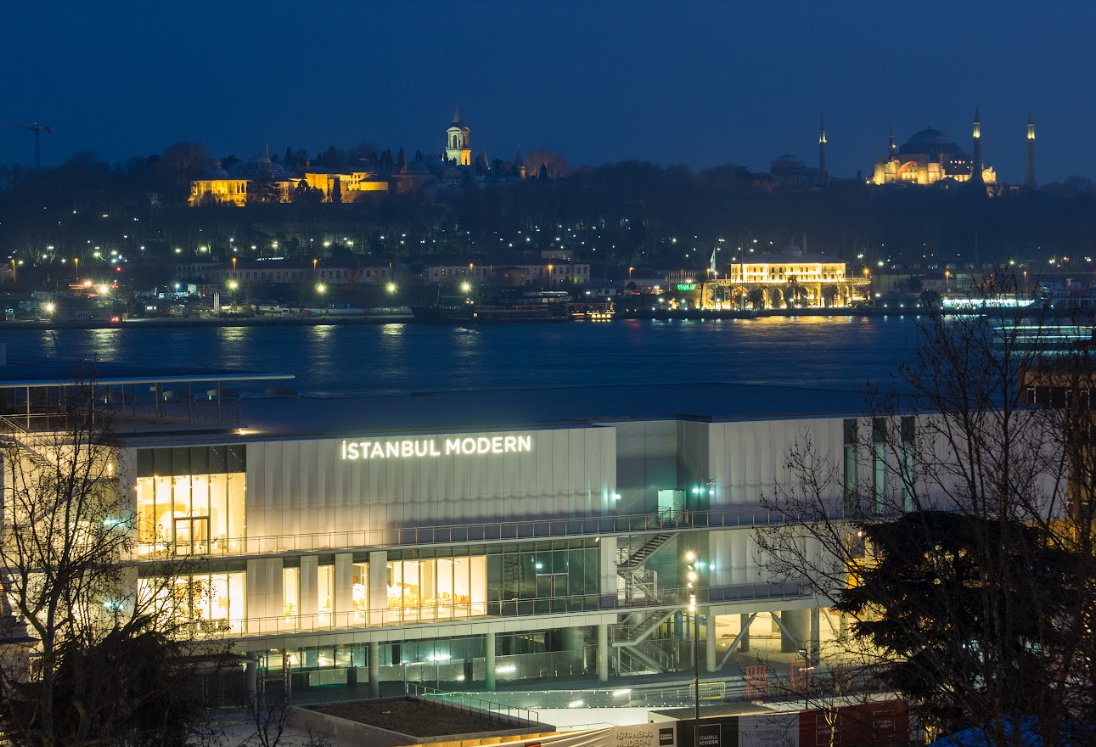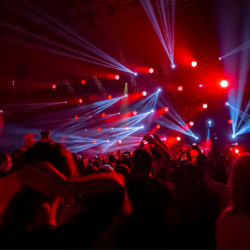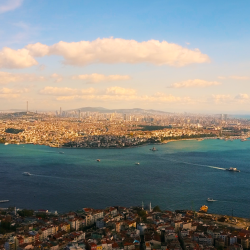The Hagia Sophia is a massive architectural wonder in Istanbul that was constructed approximately 1,500 years ago as a Christian church in Istanbul. The Hagia Sophia, like the Eiffel Tower in Paris or the Parthenon in Athens, is a long-lasting emblem of the global metropolis. However, as remarkable as the building is in terms of itself, its position in the history of Istanbul—and, perhaps, the world—is equally crucial, touching on issues of international politics, religion, art, and architecture.
The Hagia Sophia anchors Istanbul’s Old City and has acted as a beacon for both Orthodox Christians and Muslims for centuries, as its importance has changed with the prevailing culture in the Turkish city. Istanbul is located on both sides of the Bosporus Strait, a waterway that connects Europe and Asia. Thus, the Turkish metropolis of over 15 million people is located on two continents.
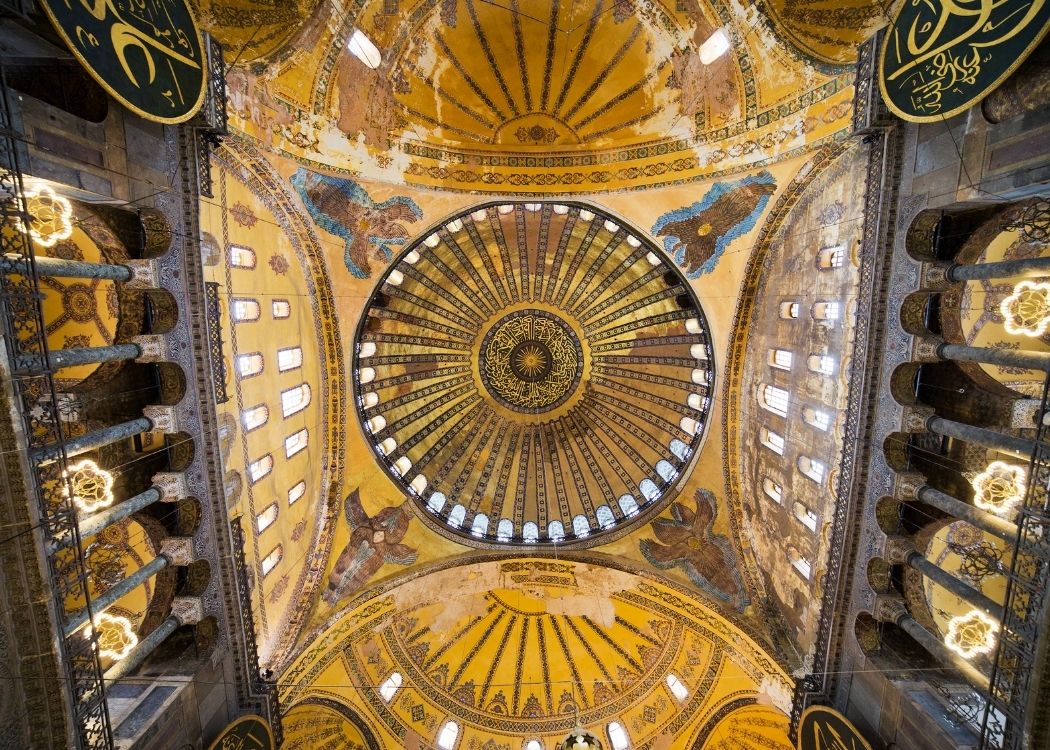
History of Hagia Sophia in Turkish Reign
The Hagia Sophia (Ayasofya in Turkish) was constructed as a basilica for the Greek Orthodox Christian Church. However, its role has evolved many times throughout the ages. In 360 A.D., Byzantine Emperor Constantius commissioned the building of the first Hagia Sophia. Istanbul was known as Constantinople at the time of the first church’s construction.
During the Crusades, Constantinople and, by extension, the Hagia Sophia were briefly under Roman authority in the 13th century. During this time, the Hagia Sophia was badly damaged, but it was restored when the Byzantines reclaimed control of the surrounding city. The Ottomans, headed by Emperor Fatih Sultan Mehmed—known as Mehmed the Conqueror—captured Constantinople in 1453, ushering in the next major era of development for the Hagia Sophia. Istanbul was renamed by the Ottomans.
Renovations of the Hagia Sophia
Because Islam was the Ottomans’ primary religion, the Hagia Sophia was converted into a mosque. Many of the original Orthodox-themed mosaics were covered with Islamic lettering created by Kazasker Mustafa Izzet as part of the conversion. The panels or medallions placed on the nave columns bear the names of Allah, the Prophet Muhammad, the first four Caliphs, and the Prophet’s two grandsons. The main dome’s mosaic, which is thought to represent a picture of Christ, was also covered with gold calligraphy.
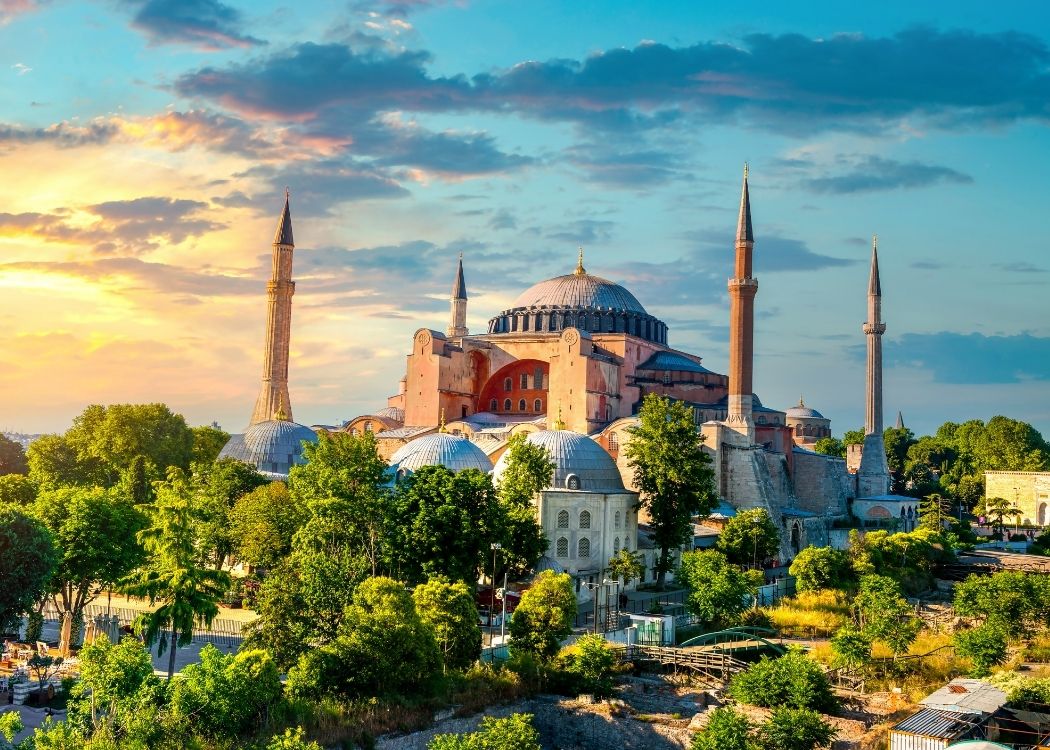
During this time, four minarets were built to the original construction, partially for religious reasons (for the muezzin call to prayer) and partly to strengthen the edifice after earthquakes that rocked the city around this time. Between 1847 and 1849, under the reign of Sultan Abdülmecid, the Hagia Sophia received major renovations supervised by Swiss architects the Fossati brothers, next to the Blue Mosque. The Hünkâr Mahfili (a separate chamber for emperors to pray in) was dismantled during this period and replaced with another near the mihrab.
Hagia Sophia Today
Even now, some 100 years after the Ottoman Empire‘s demise, the Hagia Sophia’s position in politics and religion remains controversial and significant. The famous building was maintained as a museum by the national government from 1935—nine years after Ataturk founded the Republic of Turkey—to 2020. Beginning in 2013, certain Islamic religious leaders in the nation attempted to reopen the Hagia Sophia as a mosque. The Turkish Council of State and President Erdogan categorized it as a mosque in July 2020.

Recent Changes at Hagia Sophia in 2024
Starting from January 15, 2024, visitors to Hagia Sophia will encounter significant alterations. A nominal entrance fee of 25 euros has been implemented, replacing the prior free admission policy. This fee provides access exclusively to the 2nd-floor visitor areas, with entry to the prayer area restricted. Notably, guided tours are no longer permitted within Hagia Sophia. It's essential to anticipate potential queues, given the revised visitor capacity. Despite these adjustments, the timeless magnificence of Hagia Sophia remains accessible for exploration. For an amazing guided tour outside of the Hagia Sophia combined with the amazing Hagia Sophia History& Experience Museum check out here Hagia Sophia Tour and Experience Museum Tickets.
 English
English  Indonesian
Indonesian  Urdu
Urdu  Taiwanese
Taiwanese  Russian
Russian  Romanian
Romanian  Portuguese
Portuguese  Persian
Persian  Macedonian
Macedonian  Korean
Korean  Japanese
Japanese  Italian
Italian  Indian
Indian  Hungarian
Hungarian  Greek
Greek  German
German  Croatian
Croatian  Chinese
Chinese  Bulgarian
Bulgarian  Arabic
Arabic  French
French  Spanish
Spanish 




